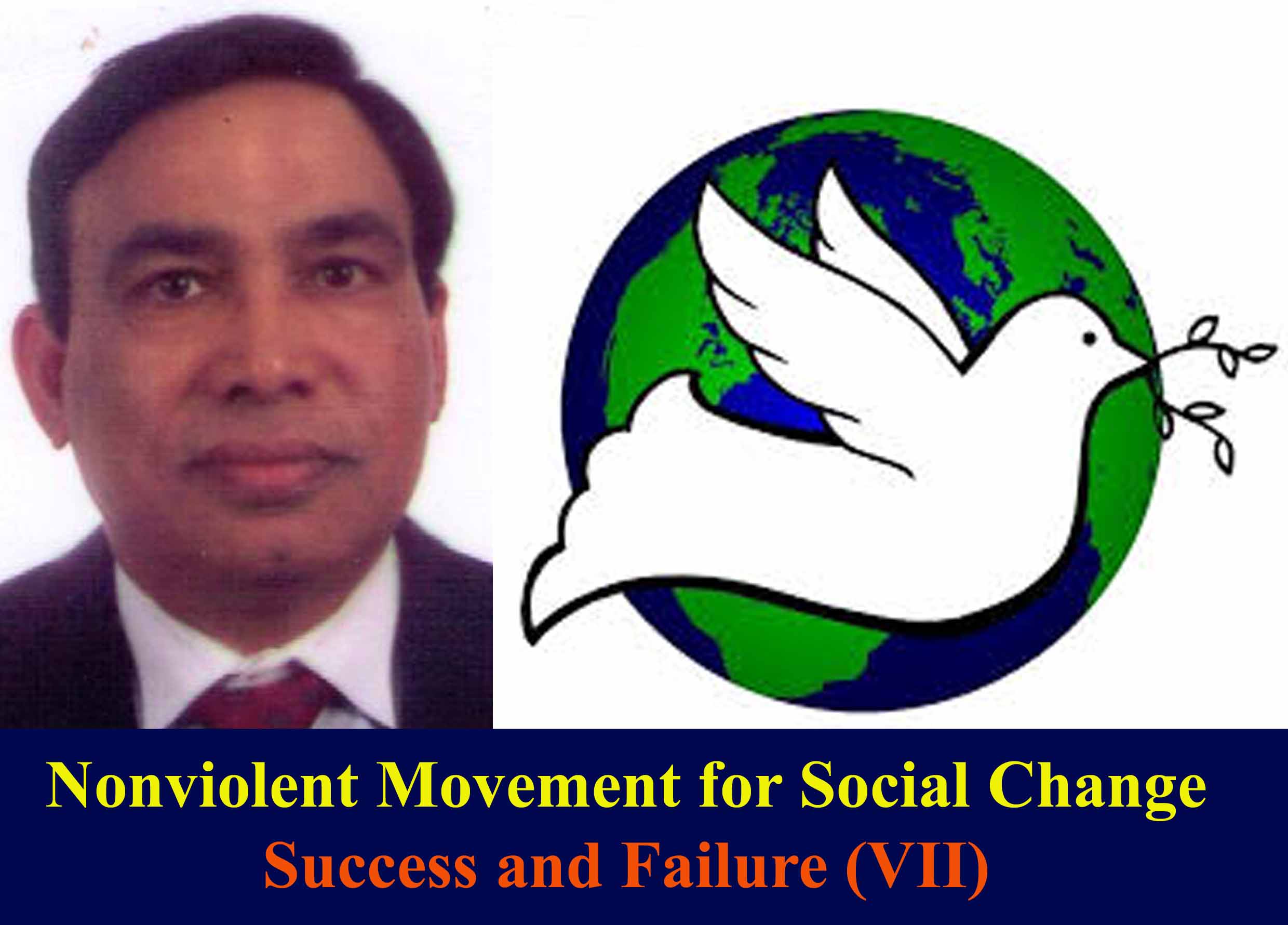“TAHRIR BROUGHT TEARS to any eyes”, says Ahmed Salah.
Salah, a veteran of youth organizers, had worked for years to drum up resistance to the autocratic thirty-year regime of Hosni Mubarak, the eighty-two-year-old president of Egypt. What actually happened in February 2011, in Cairo’s Tahrir Square into a global sensation? On the heels of a revolution in neighbouring Tunisia, Egyptian responded in huge numbers to January 25 calls to action, and they kept warming out on the days that follows. In Cairo alone, there were 5-6 millions protesters on the streets. May be in Alexandria a million or two, and all over the country hundreads of thousands in every city.
Just a few weeks later, Mubarak was gone on February 11, 2011. Mubarak’s ouster was one of the high moments of the Arab Spring. And yet within a few short years, the euphoria of these times evaporated. In Egypt’s first free election, disorganization among secular democratic opposition resulted in the election of Mohamed Morsi, a leader of the Muslim Brotherhood. Muslim Brotherhood is on Islamic group. They had joined the movement late. They had good ground organization for many years, and they own the election, then in summer of 2013, Egypt’s military, under the command of General al-Sisi, took power overthrowing Morsi. Back to square one. “The streets are empty. The prisons are full.” reported Amnesty International in 2015.
Egypt shows that widespread results can do amazing thing but uprising alone is not enough from Gandhi to the Civil Right Movement, organizers using nonviolent campaigns have grappled with how to put in place lasting mechanics that can sustain the progress generated by the campaign. This is the challenge of institutionalization.
Social movements progress through different stages. They contain actors who can play distinct roles. At different times they need different actor with different skill sets. Mass mobilizations alter the forms of political debate and create new possibilities for progress. Structure based organising help to protect that gain.
Momentum-driven groups bring on broad demands that can inspire support from the general public. But they are not good at governing.
Politics is not the same a revolution. If you want to play politics, you have to compromise; you have to have an organization structure with some hierarchy in place. Most large scale mass campaigns do not have that but structure based organizing and momentum-driven movements are not inherently in conflict. Ideally the two can complement one another. Established groups that share the goals of mass uprising can benefit from the burst of energy and the increase in interest in their cause that comes with high-profile mobilization. In town, the more established organizations (structure organisation) like the labour unions and political parties can lend their prestige and resources to the mass mobilization, and established organizations see themselves as complementary, both benefit.
“No one should believe that with the downfall of the dictatorship an ideal society will immediately appear.” Gene Sharp wrote a decade before the mass protest in Tahrir Square. “The disintegration of the dictatorship simply provides the beginning point. Careful precautions must be taken to prevent the rise of a new oppressive region out of the confusion following the collapse of the old one.”
No one doubts, this is easier said than done. For social movements in democratic countries, the challenge takes a different form but it is no less relevant. They do not typically have to deal with the complexities of setting up a new ruling order after a revolution. But they must still work to see that the changes they win are safeguarded after the momentous upheavals subside. They must retain the capacity to launch new mobilizations after the goals of earlier efforts are met.
Structured organizations are usually unwilling to embrace disruptive uprising. There is an opposite danger for campaign driven groups. Group that have no institutionalized structure can find themselves at the dead-end when the energy of a revolt runs out or an initial demand is full filled (Engler and Engler) Example: Tahrir Square.
Gandhi and his associates built a mass movement in India for its independence but it was the Indian National Congress which kept democracy alive in India, after the departure of the British Raj. Bottom line: for any social change, you need both protest and organization.



